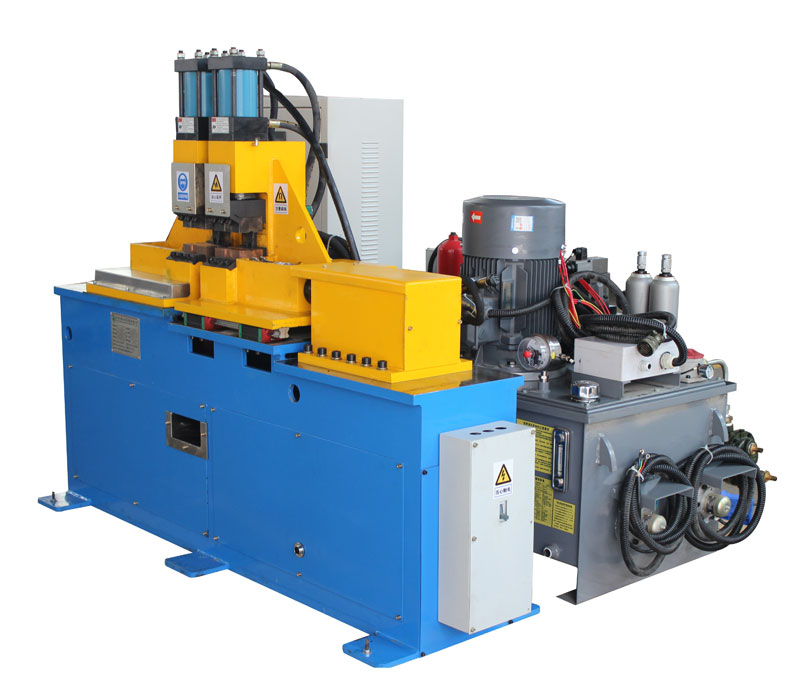Welding machines are crucial tools in various industries, enabling the joining of metals through the application of heat. However, when a welding machine fails to work properly after starting, it can lead to production delays and safety concerns. This article delves into the potential causes behind the issue of flashing but non-functional welding machines and explores possible solutions.
- Power Supply Problems: One of the primary reasons for welding machines not working after startup is power supply issues. This can include voltage fluctuations, inadequate power supply, or improper grounding. A fluctuating power source can disrupt the machine’s operation, causing flashing but no welding.
Solution: Ensure a stable and consistent power supply by using a dedicated circuit and surge protectors. Check the grounding to prevent electrical interference.
- Faulty Cables and Connections: Faulty or damaged cables and connections can hinder the flow of current from the welding machine to the electrode and workpiece. Loose or frayed cables can lead to inconsistent current flow, resulting in a flashing but non-functional machine.
Solution: Regularly inspect and replace damaged cables and connectors. Ensure tight connections to maintain a reliable current flow.
- Electrode and Workpiece Issues: Improper electrode selection or a contaminated workpiece can lead to welding problems. A mismatched electrode can cause flashing but no welding, while a contaminated workpiece can affect the welding arc.
Solution: Select the appropriate electrode for the welding process and ensure the workpiece is clean and free from contaminants before welding.
- Incorrect Welding Parameters: Setting incorrect welding parameters, such as voltage and current, can result in flashing without producing a weld. Incorrect settings may prevent the welding machine from operating effectively.
Solution: Consult the machine’s manual for the recommended welding parameters and adjust them accordingly for the specific welding task.
- Thermal Overload: Welding machines can overheat during prolonged use, causing them to shut down or display erratic behavior. Thermal overload protection mechanisms can lead to flashing without actual welding.
Solution: Allow the welding machine to cool down if it overheats, and avoid excessive, continuous use. Ensure proper ventilation and, if necessary, use a welding machine with better thermal management.
- Mechanical Failures: Mechanical failures, such as issues with wire feeders, welding guns, or internal components, can prevent a welding machine from functioning correctly.
Solution: Regular maintenance and inspection of the welding machine can help detect and address mechanical issues. In cases of severe mechanical failures, professional servicing may be required.
When a welding machine flashes but doesn’t weld, it can be frustrating and disruptive. By identifying and addressing the potential causes mentioned above, operators can troubleshoot and resolve these issues to ensure smooth and productive welding operations. Regular maintenance and proper training can also contribute to the efficient and safe use of welding machines, reducing downtime and minimizing the risk of accidents in industrial settings.
Post time: Oct-26-2023



